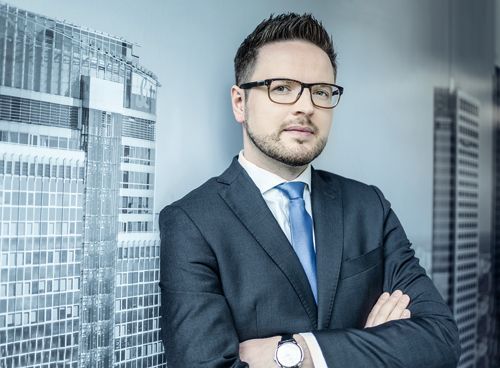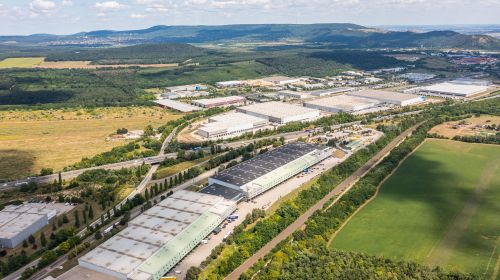Turning Mordor into Rivendell
Office & mixed-use development
The area is infamous for its traffic jams, parking problems and incoherent spatial planning. “It contains more than 1 mln sqm in 75 modern office buildings,” reveals Mateusz Polkowski, an associate director in the research department at JLL. As is emphasised in the report, the lack of a zoning plan at the beginning of the quarter’s development was one of the biggest mistakes. The large majority of the buildings developed there were based on zoning permits, not on a coherent urban concept. This defect has engendered many of the negative issues people associate with the district. “When talking to the companies that have located their offices in Służewiec, we identified several problems. First of all there are the traffic jams, which are a problem for both public and private transport. The insufficient number of parking spaces is another issue. During working hours every inch of space seems to be packed with cars. Another area for improvement is the quality of the urban planning – the buildings in Służewiec don’t constitute a coherent city area. What is lacking is attractive public space, transport routes and the district doesn’t have its own centre. The office function is overwhelming. This has an impacts on the image of this quarter. Służewiec is seen only as a workplace, not a mixed-use area also suitable for recreation,” explains Jan Jakub Zombirt, the senior research analyst at JLL responsible for strategic consulting.
30,000 cars per day
On average, app. 36 pct of workers (that is around 30,000 people) come to work in their own cars every day. This does not include industrial workers or those who work in offices of the older type or those who come to Służewiec temporary, ie. for shopping. The analysts point out that the weaknesses of the Służewiec district include the lack of alternative connections with other districts and the transit of traffic across the area. JLL’s analysis shows that it takes twice as much time in the morning rush hours to come to the area by public transport than by private car. What is lacking is a fast tramway connection between Wilanowska metro station and Rondo Unii Europejskiej (although one is actually planned). In the summer 8 pct of people come to Służewiec by bicycle. There are nine city bicycles Veturilo city bike stations in the area and a network of cycle paths is also being developed.
“Most of the people who work in Służewiec live either in Mokotów, Ursynów or Wola districts, as well as in Praga Południe and Bemowo,” says Jan Zombirt. Areas such as Skorosze in Ursus, Miasteczko Wilanów and Kabaty are also well represented. When it comes to the outskirts, most of the workers come from Piaseczno. This shows that the streams of traffic are evenly distributed between the main routes leading to Służewiec.
Parking, pavement, lawn… and mud
Służewiec’s modern office buildings comprise app. 29,500 sqm of parking spaces, but they are not fully utilised. JLL estimates that Służewiec has 15 payable parking areas with app. 1,000 spaces and 2,350 spaces free of charge on the street. Another 1,300 cars park illegally, for example on lawns. The district does not offer enough parking places, and the situation will become even worse with more office projects to come.
JLL’s analysts report that 87 pct of the cars that drive into the Służewiec office area during the morning rush hour have only one person on board – the driver. “The city should initiate, coordinate and give patronage to all the initiatives aimed at improving the transport and parking situation in the district, and developers could make their unused parking spaces available on commercial terms. Employers, on the other hand, should consider introducing flexible working hours for their employees, which would soften the rush hour effect,” advises Jan Zombirt.
Służewiec is still an attractive area for tenants, but without the investment planned it could slip behind other office clusters and start to be seen more as a back office location for companies choosing to locate there mainly for the lower costs. “Another 300,000 sqm of offices could be built in Służewiec over the next five years. Nevertheless, developers are considering the possibility of changing some of the functions of planned projects from office to residential. At the same time the influx of new companies to this office area is not as strong as it was a couple of years ago. Służewiec is now in competition with the neighbourhoods of Dworzec Gdański and Rondo Daszyńskiego, which, despite being more expensive, are attracting companies because of their well developed transport infrastructure. A couple of relocations of large tenants pushed the vacancy level up to 17.6 pct at the end of the first quarter of 2016,” reveals Mateusz Polkowski.






















































